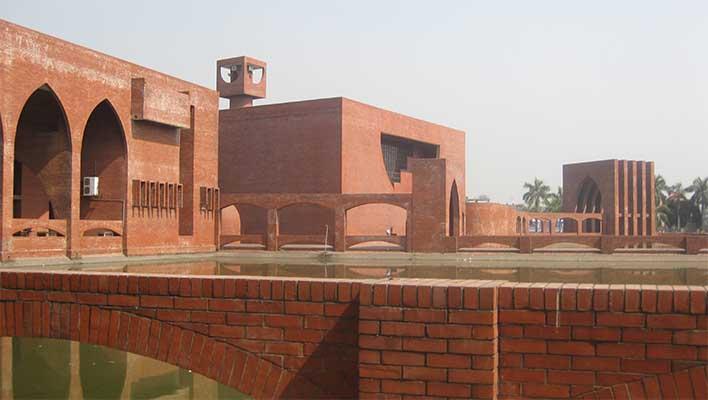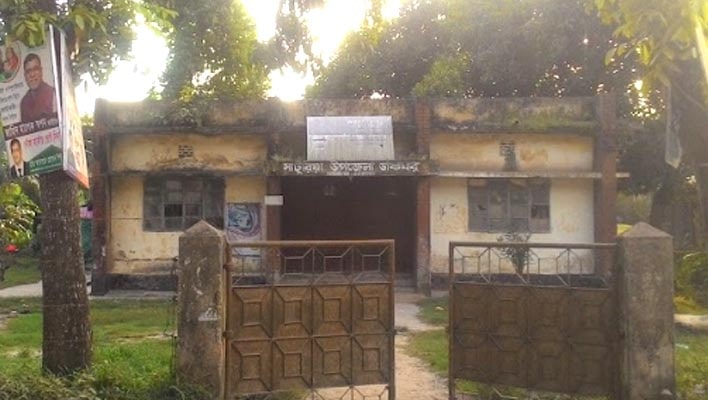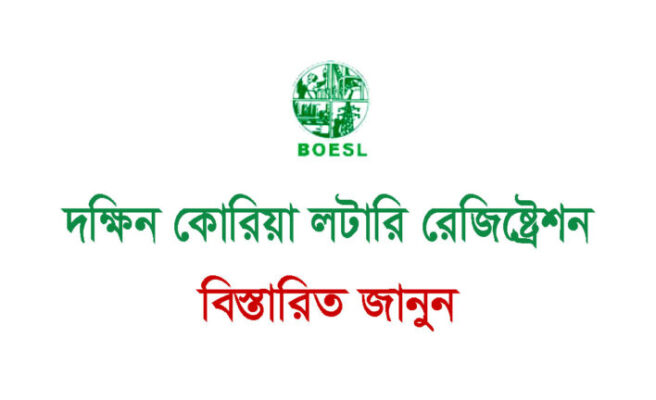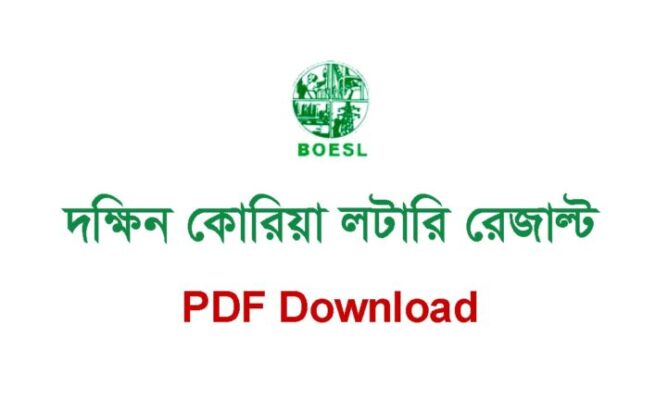| Get postal codes or postcode or zip code for Manikganj district, all thanas or Upazilas. The following areas are Doulatpur, Ghior, Jhitka, Lechhraganj, Barangail, Gorpara, Mahadebpur, Manikganj Bazar, Manikganj Sadar, Baliati, Saturia, Aricha, Shibaloy, Tewta, Uthli, Baira, joymantop, Singair, etc |
| You have to mention the postal code when sending a letter or parcel through Bangladesh Postal System. If you want to send parcels to any address in the Manikganj district from anywhere in Bangladesh or anywhere in the world, then the postcode of that address must be mentioned. It determines the geographical location of the place. In fact, the original address is only readable at the final post office where they make the final pick for delivery. So post or zip codes help post offices sort and deliver mails faster. The postal code is called postal code or pin code (postal index number). |
Postal Code Or Pin Code Of All Thana Or Upazilas Of Manikganj District
Complete Information About the Manikganj District Post Office.
| Division | District | Thana | SubOffice | Post Code |
|---|---|---|---|---|
| Dhaka | Manikganj | Doulatpur | Doulatpur | 1860 |
| Dhaka | Manikganj | Ghior | Ghior | 1840 |
| Dhaka | Manikganj | Lechhraganj | Jhitka | 1831 |
| Dhaka | Manikganj | Lechhraganj | Lechhraganj | 1830 |
| Dhaka | Manikganj | Manikganj Sadar | Barangail | 1804 |
| Dhaka | Manikganj | Manikganj Sadar | Gorpara | 1802 |
| Dhaka | Manikganj | Manikganj Sadar | Mahadebpur | 1803 |
| Dhaka | Manikganj | Manikganj Sadar | Manikganj Bazar | 1801 |
| Dhaka | Manikganj | Manikganj Sadar | Manikganj Sadar | 1800 |
| Dhaka | Manikganj | Saturia | Baliati | 1811 |
| Dhaka | Manikganj | Saturia | Saturia | 1810 |
| Dhaka | Manikganj | Shibloya | Aricha | 1851 |
| Dhaka | Manikganj | Shibloya | Shibaloy | 1850 |
| Dhaka | Manikganj | Shibloya | Tewta | 1852 |
| Dhaka | Manikganj | Shibloya | Uthli | 1853 |
| Dhaka | Manikganj | Singari | Baira | 1821 |
| Dhaka | Manikganj | Singari | joymantop | 1822 |
| Dhaka | Manikganj | Singari | Singair | 1820 |





